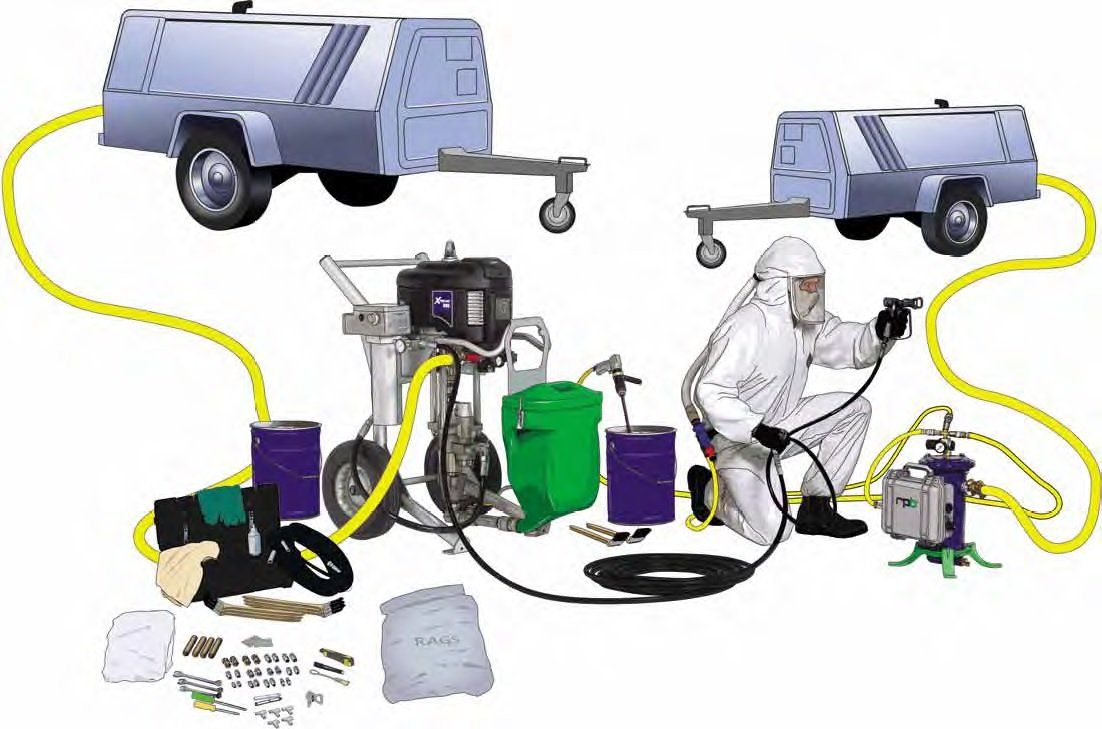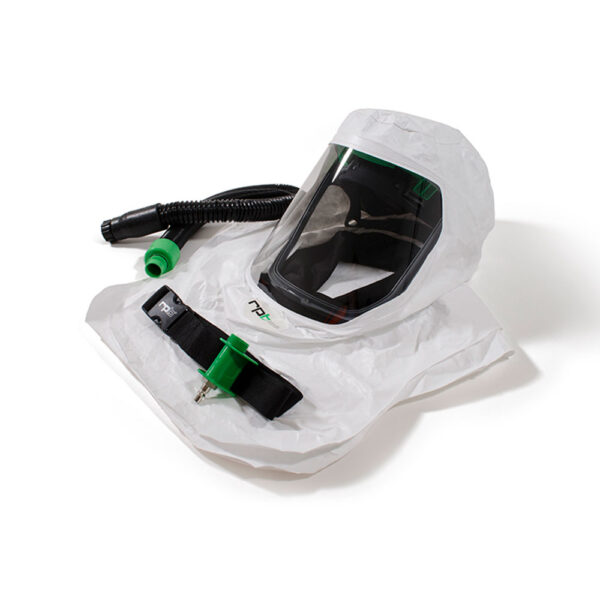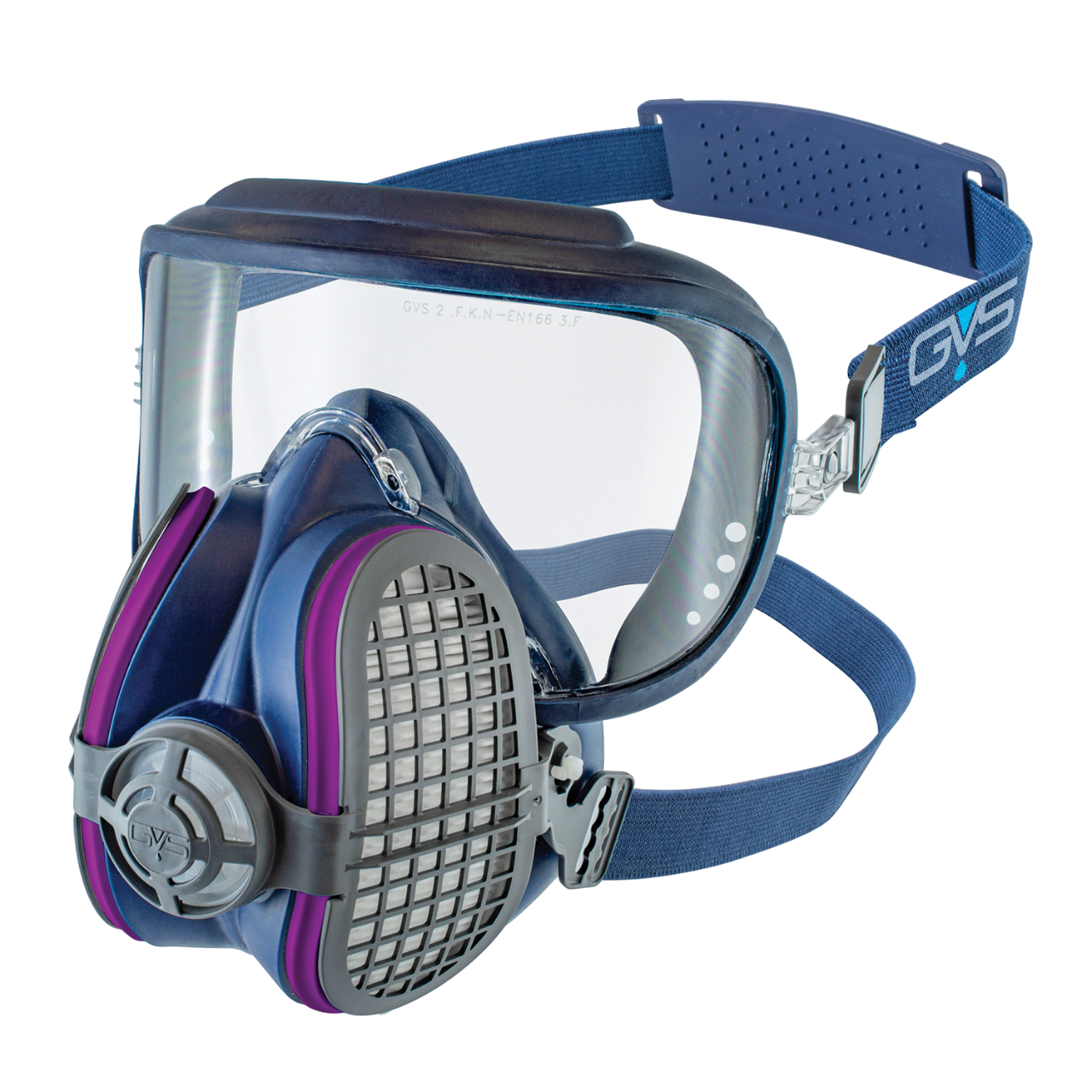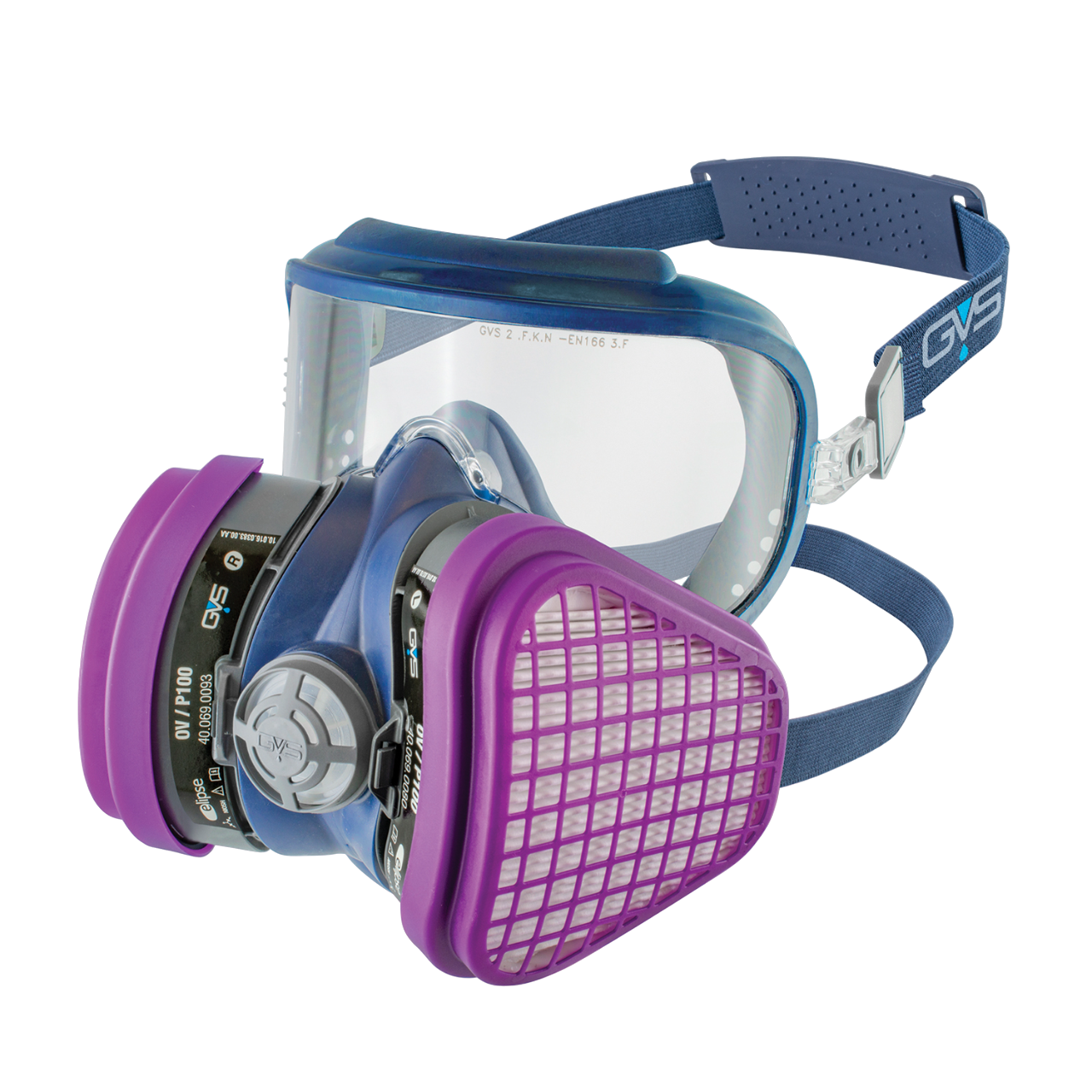| PAINT COMPONENTS |
DAILY CHECKLIST
|
||
|
PRE-REQUIREMENTS
|
|||
| P1 Air Compressor | |||
| • Fully maintained and serviced | |||
| • Capable of 125psi discharge pressure | |||
| • Positioned upwind and away from working area | |||
| • High volume of breathing air quality if separate dedicated compressor not used | |||
| • High temperature safety cut out | |||
| • Oil and particulate filter separator | |||
| P2 Paint Air Supply Hose | |||
| • Large bore hose | |||
| • Large connector fittings with whipchecks and/ or safety chains installed |
|||
| P3 Paint Pump | |||
| • Fully maintained and serviced on a regular basis | |||
| • Check and top up throat seal liquid daily | |||
| • Completely cleaned immediately after each operation |
|||
| • Keep pump ‘wet’ at all times – leave solvent in pump after use, for long storage periods, use Diesel, Kerosine or Pump Armor |
|||
| P4 Paint Line | |||
| • Rated pressure must be greater than maximum rated pressure of pump and undamaged | |||
| P5 Paint Line Whip Hose | |||
| • Rated pressure must be greater than maximum rated pressure of pump and undamaged | |||
| P6 Spray Gun | |||
| • Check Spray Gun is clean and fully operational (clean with thinners, etc.) |
|||
| • Ensure Tip Guard is in place | |||
| • Ensure correct tip size is used for product being applied | |||
| • Ensure gun rated pressure is above pump rated pressure | |||
| P7 Reversible Air Drill and Mixer/Stirrer | |||
| • Ensure Air Drill is in good working order | |||
| • Mixer/Stirrer is clean and free from contaminants | |||
| • For 2 component coatings – 2 Air Drills and Mixer/Stirrers required |
|||
| P8 Drum(s) for Mixing Paint | |||
| • Clean straight sided tin(s) for mixing paint | |||
| P9 Painter’s Tool Box | |||
| • Contains spares, tools, gloves for mixing, brushes, fittings, etc | |||
| P10 Extra Drum | |||
| • Disposal drum for waste paint and used Thinner residue | |||
| P11 Bag of Rags | |||
| • These are a must for general use and any spills or leaks | |||
Spray Painting System: Daily Component Checklist
| OPERATOR SAFETY COMPONENTS |
DAILY CHECKLIST
|
||
|
PRE-REQUIREMENTS
|
|||
| S1 Breathing Air Source | |||
| • Checked and maintained on a regular basis | |||
| • Located in a clean air atmosphere, upwind and away from the blast area and engine exhaust fumes | |||
| • Approved air compressor or dedicated breathing air compressor or air pump or bottled breathing air or other approved supply | |||
| S2 Breathing Air Filter | |||
| • Cartridges require regular programmed replacement | |||
| • Cartridges require regular programmed replacement | |||
| S3 Carbon Monoxide Monitor or Converter Monitor | |||
| • Checked, tested and calibrated on a routine basis | |||
| • Samples air and safeguards against toxic, carbon monoxide gas | |||
| • Ensures carbon monoxide level is below 10ppm (11 milligram/m³) as per AS1715 | |||
| S4 Breathing Air Line | |||
| • Fitted with threaded screw-type connector or AS 1715 approved ‘Safety Type’ coupling with two distinct actions required for disconnection | |||
| • AS Standard approved and marked | |||
| S5 Climate Control Tube | |||
| • Air temperature control within 15°C – 25°C range for operator comfort | |||
| • Complies with requirements of AS 1715 | |||
| S6 Blast Helmet (Respirator) | |||
| • Inspected and maintained for wear and tear to the cape, collar, head gear and visor as per AS 1715 requirements | |||
| • Inner lens in place for impact protection | |||
| • Supplied with minimum 170 liters/minute breathing quality air as per AS 1715 | |||
| • Air quality regularly tested and test records maintained as per AS 1715 requirements to check the following levels of contaminants: Oil below 1 milligram/m³, Carbon Monoxide below 10 ppm (11 milligrams/m³), Carbon Dioxide below 800 ppm (1400 milligrams/m³), Oxygen between 19.5 and 22.0% |
|||
| • Issued on an exclusive use basis (or shared use only with an AS 1715 approved programme for extensive and stringent cleaning, disinfecting, and recording) | |||
| • Earplugs and/or earmuffs essential for hearing protection | |||
| • Optional communication equipment | |||
| • Optional blast light illumination kit | |||
| S7 Other Protective Clothing | |||
| • Leather gloves/gauntlets | |||
| • Blast suit/protective overalls | |||
| • Safety footwear | |||
| S8 Work Hazards | |||
| Check, control and eliminate wherever possible: | |||
| • Physical dangers – tripping, falling, crushing | |||
| • Toxic substances e.g. lead, arsenic, cyanide, heavy metals, chromates, free silica, etc. present either in the abrasive, the coating, the substrate or the environment | |||

DISCLAIMER: The above information is only a guide and does not represent nor claim to be either a full or complete or accurate nor an approved or standard method of checking blast cleaning equipment or components. It is the responsibility of the reader and/or users of this information to separately determine and verify each and/or any guideline, regulations, tests, checks, etc. for equipment and/or setup as directed or indicated or required in or by any work specifications and/or standards. Blast-One™ expressly disclaims any liability for the use or misuse of the above information.
 My Account
My Account





